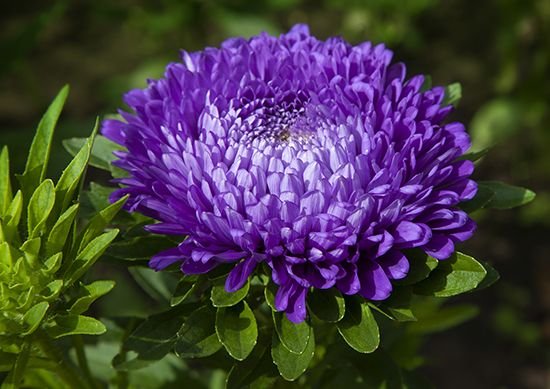Asters flowers : a breathtaking spectrum of color
Asters, quite literally "stars" in ancient Greek, live up to their celestial name with dazzling grace. As summer's vibrant tapestry begins to fray, these enchanting flowers emerge, scattering their starlit blooms across the autumn landscape.
They are the garden's final, magnificent flourish, bravely defying the approaching chill with a breathtaking spectrum of color.
With their signature daisy-like form, asters feature slender, ray-like petals radiating outwards from a central disk, often a contrasting golden or sunny yellow. Their palette is a symphony of late-season hues: deep purples, soft lavenders, passionate pinks, crisp whites, and even rare, delicate blues.
From petite groundcovers that carpet the earth to stately, towering specimens that reach for the sky, there's an aster for every garden nook, each one a miniature galaxy unto itself.
Beyond their undeniable beauty, asters hold rich symbolism. Historically believed to possess magical properties, they now represent love, patience, wisdom, and devotion.
They whisper tales of enduring beauty and quiet resilience, a testament to their ability to thrive as other blooms fade. For pollinators, too, asters are a crucial lifeline, offering vital late-season nectar for bees and butterflies preparing for winter's slumber.
To cultivate asters is to invite a second summer into your garden, a vibrant promise that beauty endures, even as the days shorten. They are not merely flowers; they are beacons of hope, radiating warmth and color, reminding us of nature's endless capacity for wonder. Their persistent charm and joyful burst of color make them an indispensable jewel in the autumn crown.
